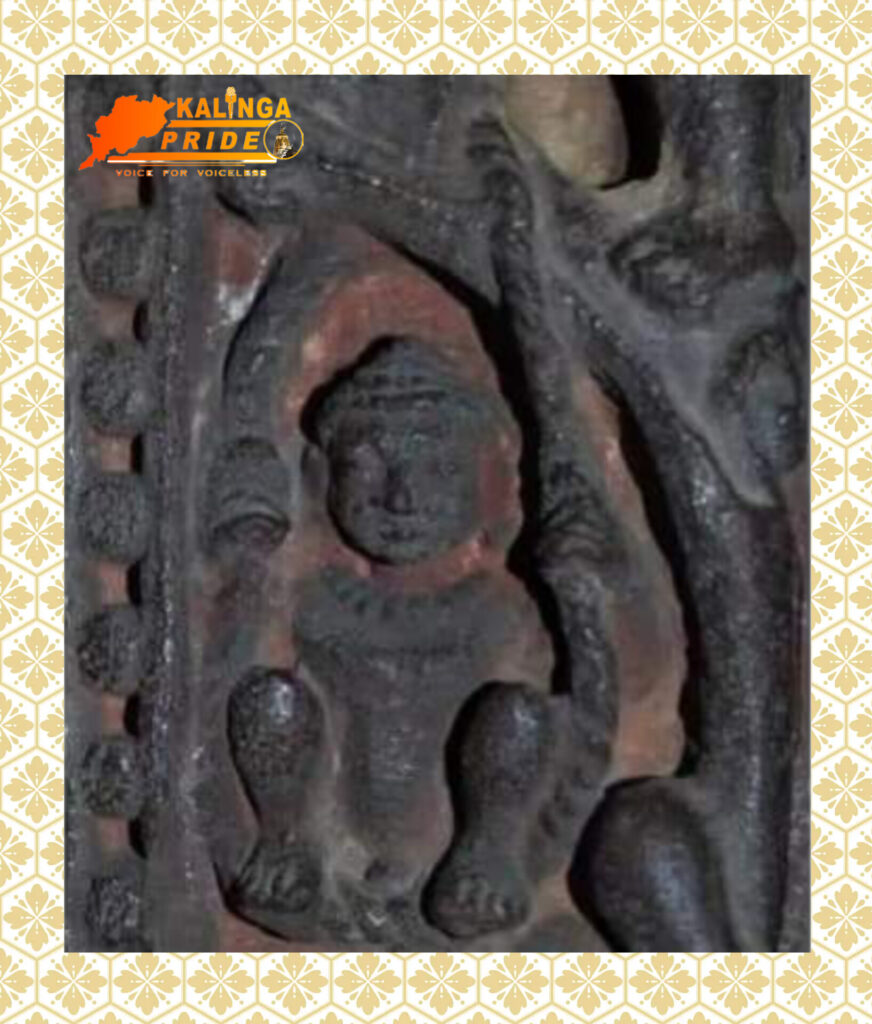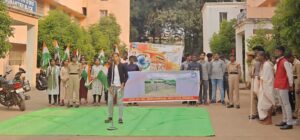The festival of Raja depicts the celebration of menstrual practice and womanhood in the Odia society. Author ( Amrit Ruturaj)
The festival of Raja depicts the celebration of menstrual practice and womenhood in the Odia society. However there are considerable debates regarding the origin of this festival with myriad literary and other sources. I have posted Three temple carvings from three different temples of Odisha which clearly show the picture of Swing similar to what we call Raja Doli (ରଜ ଦୋଳି )
1.The First one is from the Siddheswar temple inside the Mukteswar temple complex in the Ekamra. This is a miniature size artifact depicting the swing or Doli. Built from the Deep red sandstone (ରାଣୀ ପଥର ), this can be dated to the 9th century. This is on the left door still or ବାମ ଦ୍ୱାର ବନ୍ଧ of the temple. One can see the clear posture of the Doli.
2.Second one is the Doli/Swing carving on the Kanakeswar temple of the Kualo in Dhenkanal, part of the Astasambhu temple. Kualo was the capital of the Kodalaka Mandal ruled by the Sulki dynasty. They had built the Astasambhu temple during the 8th-9th century. Sulki dynasty rulers were the feudatories of the Bhaumakaras but later they may have got functional independence during the decline of the former. The kings were named as Kulastambha, Ranastambha, Kanchanastambha etc as they were worshipping a female deity called Sthambeswari. One can see the carving of the swing in the second picture.
3.This one is the Swing canopy of the emperor Narsingha Dev of the Eastern Ganga dynasty who ruled between 1238-1264. He was ruling from the newly built fort of the Barabati which was constructed by his illustrious father Anangabhimadev lll. Narasinghdev got the famous Konark temple constructed. It’s fascinating to see an emperor getting a swing canopy built as his Simhasana.
Epigraphy and more specifically the temple arts are the living examples of our antiquity and an evolving society. And these carvings take back the historicity of the Raja festival to at least 1200 years back from this date.















Post Comment